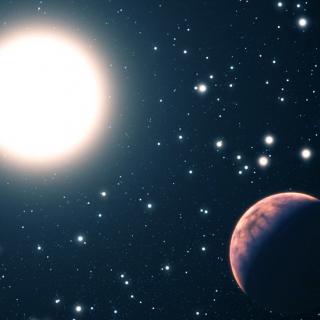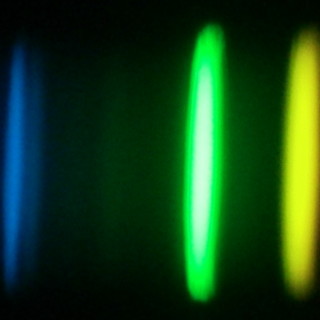Bibcode
Marfil, E.; Tabernero, H. M.; Montes, D.; Caballero, J. A.; Soto, M. G.; González Hernández, J. I.; Kaminski, A.; Nagel, E.; Jeffers, S. V.; Reiners, A.; Ribas, I.; Quirrenbach, A.; Amado, P. J.
Bibliographical reference
Monthly Notices of the Royal Astronomical Society
Advertised on:
3
2020
Citations
18
Refereed citations
14
Description
With the purpose of assessing classic spectroscopic methods on high-resolution and high signal-to-noise ratio spectra in the near-infrared wavelength region, we selected a sample of 65 F-, G-, and K-type stars observed with CARMENES, the new, ultra-stable, double-channel spectrograph at the 3.5 m Calar Alto telescope. We computed their stellar atmospheric parameters (Teff, log g, ξ, and [Fe/H]) by means of the STEPAR code, a PYTHON implementation of the equivalent width method that employs the 2017 version of the MOOG code and a grid of MARCS model atmospheres. We compiled four Fe I and Fe II line lists suited to metal-rich dwarfs, metal-poor dwarfs, metal-rich giants, and metal-poor giants that cover the wavelength range from 5300 to 17 100 Å, thus substantially increasing the number of identified Fe I and Fe II lines up to 653 and 23, respectively. We examined the impact of the near-infrared Fe I and Fe II lines upon our parameter determinations after an exhaustive literature search, placing special emphasis on the 14 Gaia benchmark stars contained in our sample. Even though our parameter determinations remain in good agreement with the literature values, the increase in the number of Fe I and Fe II lines when the near-infrared region is taken into account reveals a deeper Teff scale that might stem from a higher sensitivity of the near-infrared lines to Teff.
Related projects

Observational Tests of the Processes of Nucleosynthesis in the Universe
Several spectroscopic analyses of stars with planets have recently been carried out. One of the most remarkable results is that planet-harbouring stars are on average more metal-rich than solar-type disc stars. Two main explanations have been suggested to link this metallicity excess with the presence of planets. The first of these, the “self
Garik
Israelian

Chemical Abundances in Stars
Stellar spectroscopy allows us to determine the properties and chemical compositions of stars. From this information for stars of different ages in the Milky Way, it is possible to reconstruct the chemical evolution of the Galaxy, as well as the origin of the elements heavier than boron, created mainly in stellar interiors. It is also possible to
Carlos
Allende Prieto